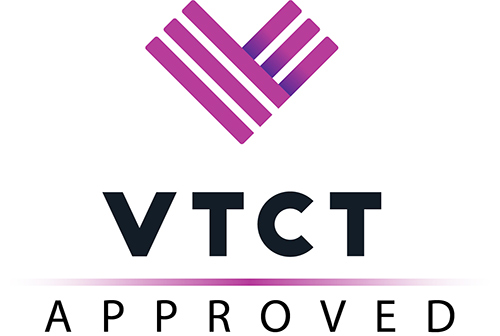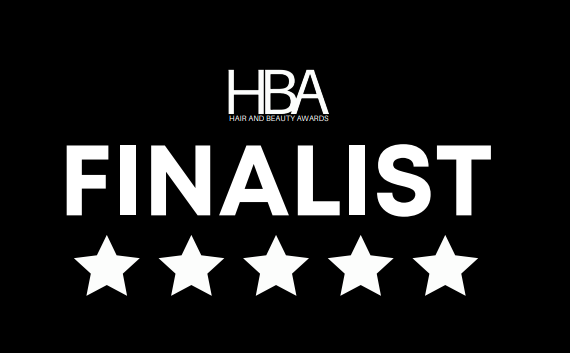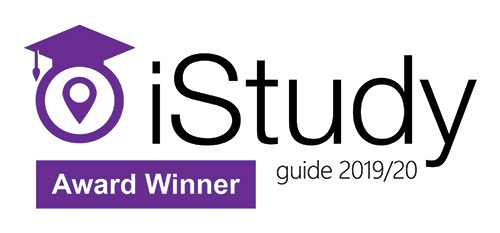Creating a Scheme of Work
Planning your own courses can sometimes be mind-boggling to put pen to paper. But your AET (Award in Education) would’ve taught you the two main documents that you need for all your training courses are; lesson plans and a scheme of work. (Our lesson plan blog post is here)
A scheme of work (SOW) is a document planning the whole duration of your course. A scheme of work breaks down your course day by day, with the main aims, along with how you will teach and assess. You should plan this prior to your course even starting or marketed to ensure that every single detail is covered.

You may need to consider ;
-
the awarding bodies requirements
-
national occupational standards (NOS)
-
accreditation requirements
-
any notes that you wish to make to do throughout the day
-
core skills
-
games and quizzes
-
icebreaker
This list is endless, you can take a look in Ann Gravels book to ensure you have everything you need.
Syllabus VS Scheme of Work;
A syllabus is what the course will include also known as a criteria. The awarding body will stipulate this to the national guidelines. Importantly, this ensures standardisation across every centre delivering the same type of qualification e.g. NVQ.
Across the country various collages teach NVQs. The National Occupational Standards will inform centres what criteria is to be included in the NVQ and delivered to students. The criteria can be found for each unit and ensure that the full qualification is achieved by your student. This allows students that gain a job in a salon, to have the same standard as everyone in the country.
Other staff members in your college or academy may be able to help you plan your scheme of work. This helps with standardisation guidelines with other staff members, perhaps teaching the same course or similar. If it is your first time creating a scheme of work, maybe use a template that somebody else is already used or given to you on your teacher training. Subsequently, you can amend this accordingly to your course.
« Back to our news & events





















